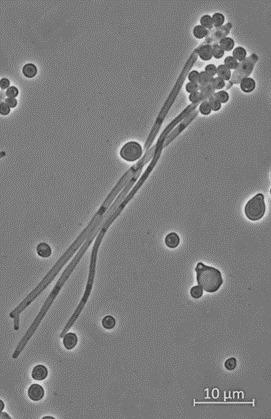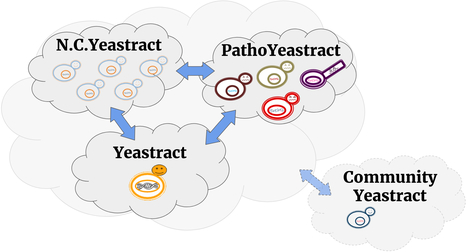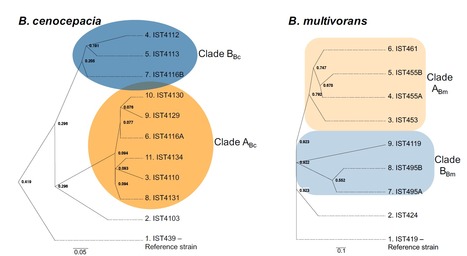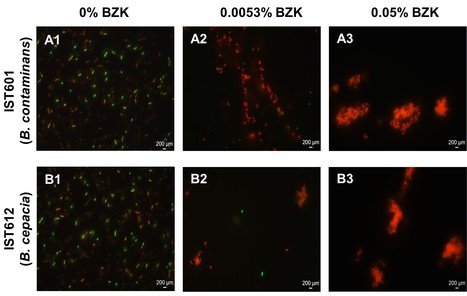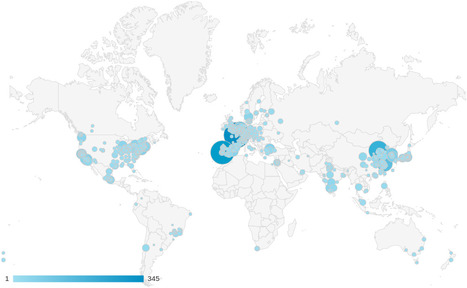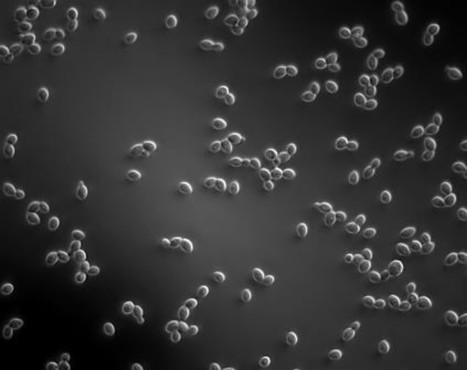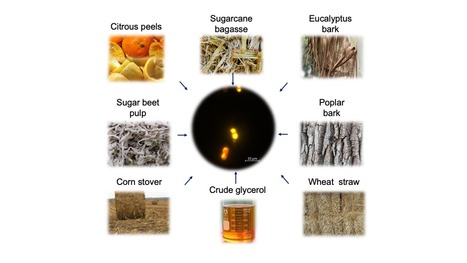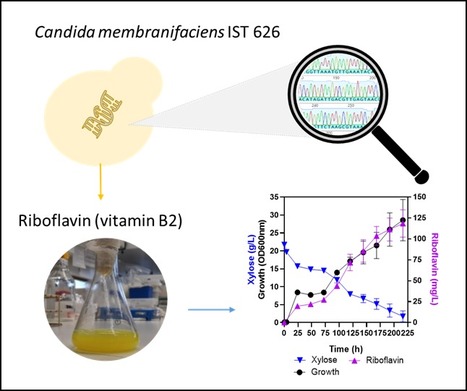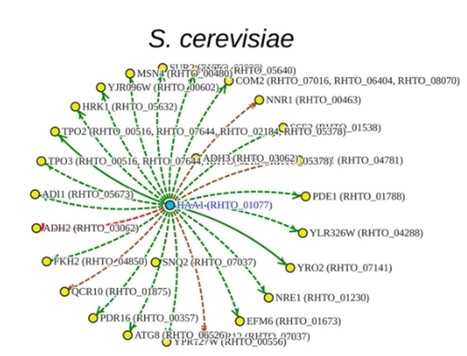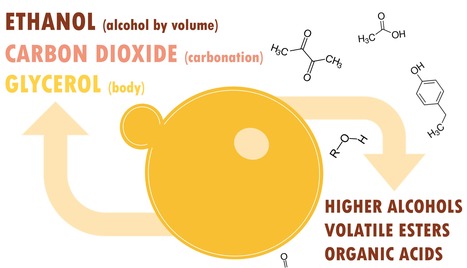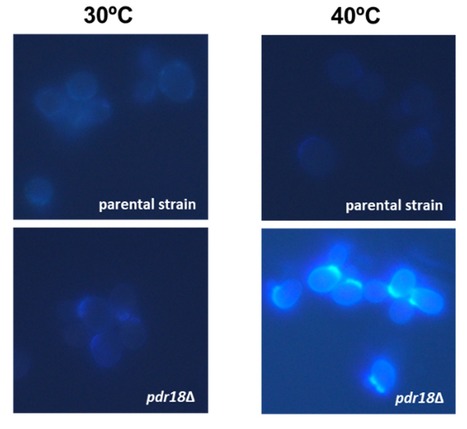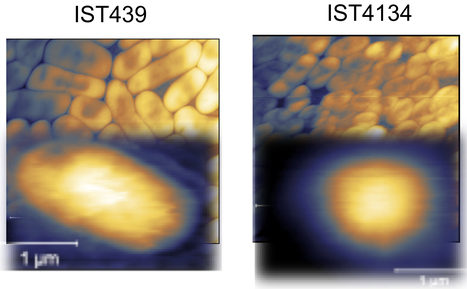
Bacterial pathogens belonging to the Vibrio genus such as Vibrio parahaemolyticus, Vibrio alginolyticus and Vibrio vulnificus are some of the most common and widespread disease-causing agents in the aquaculture industry, inducing severe losses in fish and shellfish production worldwide. In a Review Article published in Frontiers in Microbiology, iBB researchers Gracinda Sanches Fernandes, Isabel-Sá Correia and Rodrigo Costa performed a meta-analysis of vibriosis outbreaks reported for the economically valuable, model aquaculture fish gilthead seabream (Sparus aurata) in the Mediterranean zone. The study reveals the acquisition of multiple antibiotic resistance traits among pathogenic Vibrio species during the past 25 years. An increase in human infections caused by Vibrio pathogens of fish – either via seafood ingestion or wound colonization - has been documented in the recent literature, and it is believed to result from the synergistic interaction between the expansion of intensive fish farming across coastal ecosystems and global warming. Finally, the authors critically examine the potential, and review cases of success, of alternative methods to antibiotics use to suppress vibrio pathogens in aquaculture, including vaccines, phage therapy and probiotics supplementation. Diverse bacterial symbionts of fish suppress vibrio pathogens in experimental trials, suggesting that the natural fish microbiome may be a reservoir of biological control agents of interest in applied biotechnology.



 Your new post is loading...
Your new post is loading...

